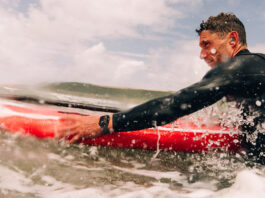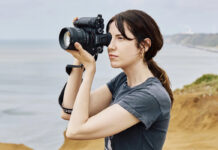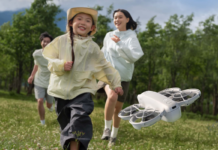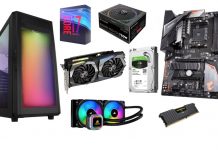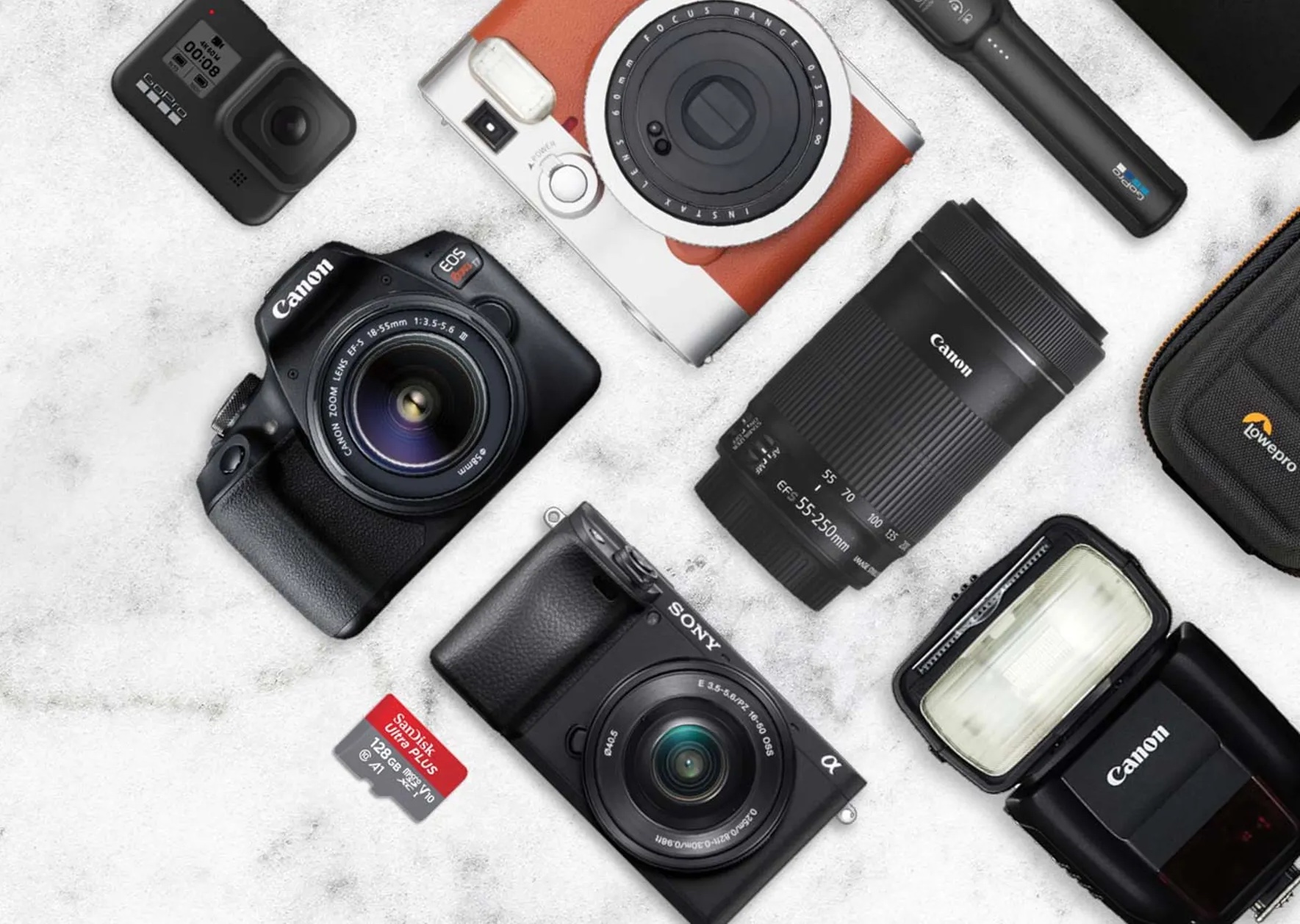
It can be daunting to figure out which type of camera to get, especially when you’re newer to photography or videography, but the answer may be at your fingertips. Cameras come in different designs and with different purposes in mind. If you’ve identified what it is you want to achieve with a camera in hand, you are well on your way to choosing the right one for you.
Table of contents
Types of cameras
Not all cameras are created equal, and certainly not with the same criteria. The first thing to know is what types of cameras are out there to better discern which one might fit your need. There are various camera categories to choose from, some very distinct from one another. While considering your options, it’s important to keep in mind your preferences, skill, and purpose. You may care about how big the camera is, or perhaps even assume that the fewer the number of physical buttons, the easier it is to use. Again, that’s going to depend on the type of camera you go with, and how the features work.
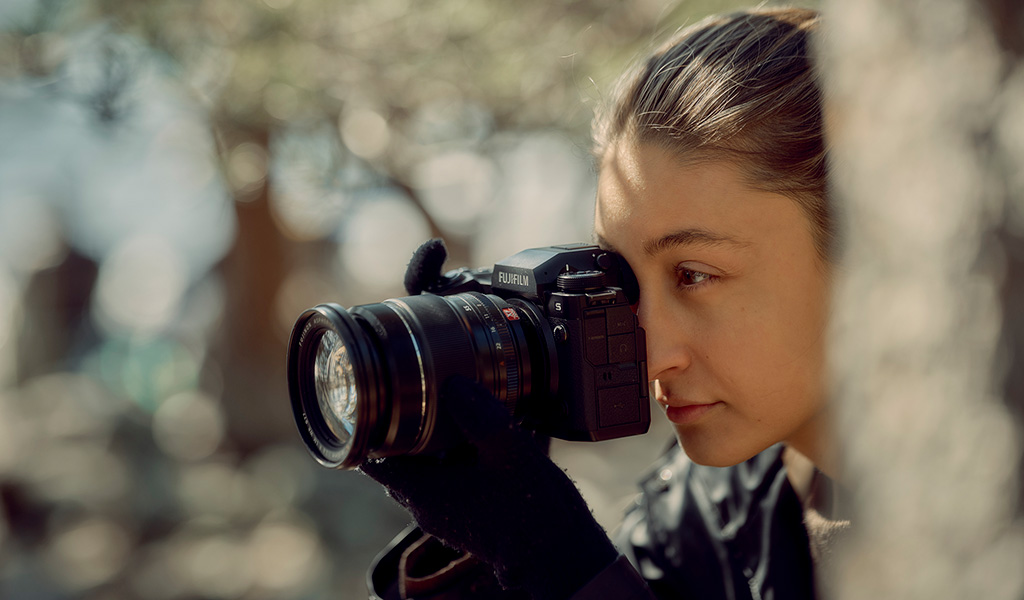
DSLR cameras
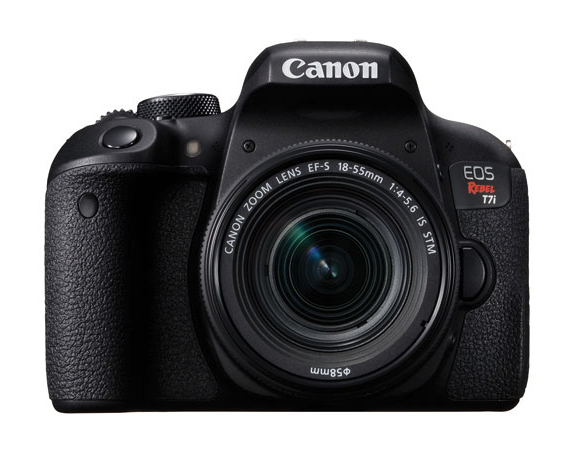
DSLR cameras are the popular “big” cameras that you often see out in the wild, with big lenses sticking out. DSLRs (Digital Single Lens Reflex) have been around for a long time, only the “digital” part shifted them from old film SLRs to DSLRs with image sensors inside.
In DSLR cameras a mirror inside reflects the image you see through the optical viewfinder when you put your eye to it. Snap the shutter, and the mirror flips, exposing the sensor to the light and image you’re capturing through the lens, thereby saving it as a photo or video. One of the advantages of a DSLR is speed, meaning you can shoot in burst at higher speeds, as well as capture a quick shot with less time to wait for the next one. Focusing is often very fast, leading to sharp images with less effort.
One catch is that the mirror mechanism inside does make these types of cameras larger in size. Their bulky bodies make them less portable, and the lenses can sometimes add to the weight and heft, making it more difficult to shoot for longer periods of time.
DSLRs also tend to have more physical buttons for controls, though they do have in-camera menus via an LCD screen to access features. The buttons and dials can change the shooting mode, ISO, aperture, shutter speed, and more. You may also see a directional-pad on the back to shift the focal point for easier autofocus. Entry-level DSLRs will simplify these things by offering a more moderate level of controls, whereas more pro-level cameras will lay things out for more manual and granular controls.
The category is largely dominated by Canon and Nikon, two traditional brands that helped make SLRs popular going back to the days of film. Their respective DSLRs vary in sophistication, including entry-level models catered to those breaking in to photography, though professionals have used more pro-level models for decades You will find a number of cameras available that reflect these variances.
If a DSLR is your camera type of choice, check out the DSLR buying guide to learn more.
Mirrorless cameras
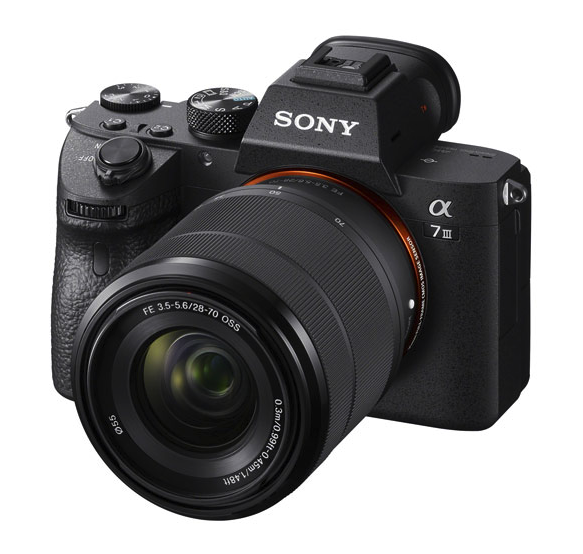
Mirrorless cameras may look a lot like DLSRs, but the internal mechanisms are actually very different. They are often slimmer and lighter, owing to the fact they don’t have the mirror mechanism inside that DSLRs do. Hence, the name “mirrorless.” These cameras use an electronic shutter instead to expose the image sensor to the light coming through the lens to make them quieter, though a mechanical shutter isn’t unusual, either. A mechanical shutter emulates the sound of a mirror by two closed blades that open up when pressing the shutter to expose the image sensor to light passing through the lens.
Manufacturers have taken big steps to make mirrorless cameras formidable shooters in the field, improving on overall speed, eye/face detection, colour accuracy, and battery life, among other things. Mirrorless cameras also use their own specific lens mounts. It is possible to use a DSLR lens with a mirrorless camera with an adapter, though this will affect the functionality of aspects like focal length and autofocus.
One advantage of a mirrorless camera is that you can peer through the electronic viewfinder (EVF) and see the image exactly how it will turn out. If you adjust the shutter speed, aperture, ISO, white balance, exposure compensation, etc. you will see the change reflected through the EVF, giving you a really good idea of what your composition looks like. You can also use the LCD screen to preview and see those changes in real time on there, which is convenient when shooting at an angle with a tripod, for example.
Mirrorless cameras come in a variety of sizes from different brands. Sony, Panasonic, Fujifilm and Olympus have all embraced mirrorless. Canon and Nikon have also expanded their respective lineups to meet demand from professionals, serious amateurs and novice shooters, alike. Some cameras cater almost exclusively to vloggers who want an upgrade from a smartphone or action camera to create content.
Explore the different types of mirrorless cameras available in this mirrorless camera buying guide.
Point-and-shoot cameras
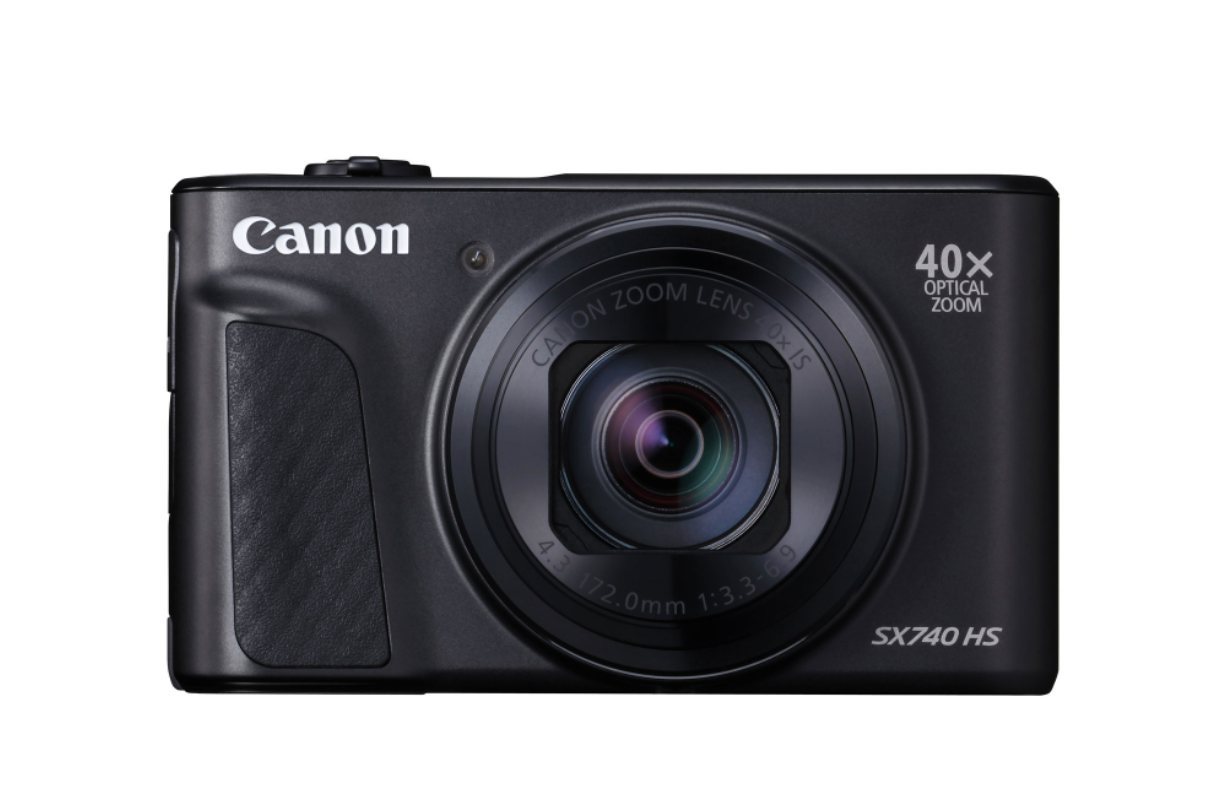
Point-and-shoot cameras are less prevalent today than they were in the past, but are very simple and straightforward to use. These small cameras are often highly portable, letting you slip them in a pocket or bag and pull them out when a photo opportunity strikes, with little to no setup involved. Perfect for frequent travellers, point-and-shoots are lightweight and available as waterproof and rugged models that can take some punishment to capture shots in more challenging locations and situations.
As digital cameras, they rely heavily on the rear LCD screen to show you what the images will look like. Some point-and-shoot cameras have more complex settings to adjust composition, and possibly even provide full manual and RAW photography as options. Others may be less feature-heavy, focusing more on standard controls that are more automatic.
It’s best not to underestimate the quality high-end point-and-shoots can produce. These cameras often have better processors, image sensors and lenses to help capture quality photos, making them useful, either as primary or backup cameras.
Instant cameras
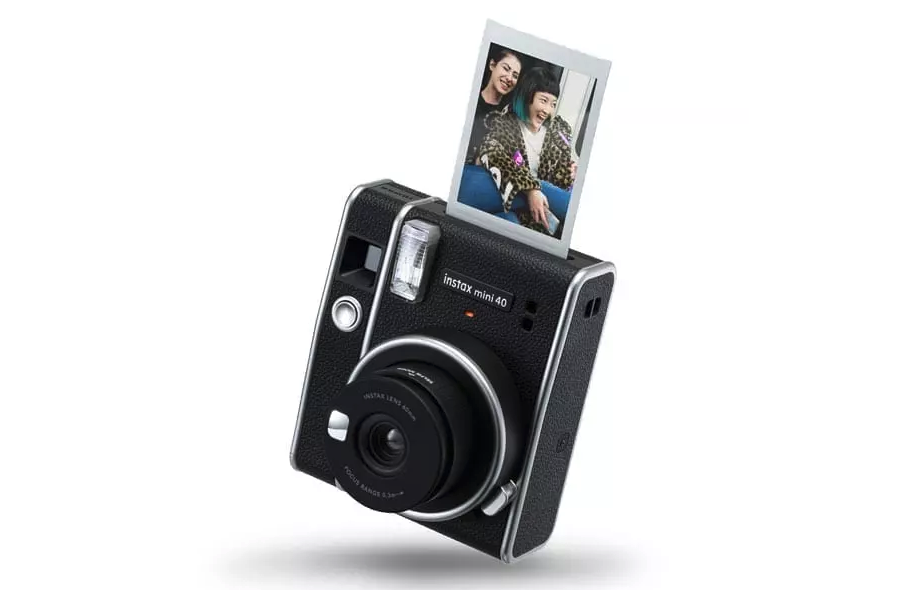
Instant cameras are throwbacks to the era of film photography, only they do it with a digital twist. In essence, the camera takes a digital snapshot, while also allowing you to instantly output a print on film housed in the camera itself. This way, you can take a photo and hand it over to the subject on the spot. Controls for instant cameras are very simple, with limited yet optimized ways to adjust composition and lighting so that all you have to do is point, shoot, and print.
Polaroid and Kodak originally made these types of cameras popular and continue releasing newer instant cameras with better technology, while still maintaining their retro esthetic. Fujifilm’s Instax camera line has also become a popular standard for their easy to use, high quality output.
These types of cameras are a good way to introduce photography to kids, and even foster some creativity through small decorative projects and crafts, or albums and scrapbooks meant to preserve memories.
Action cameras
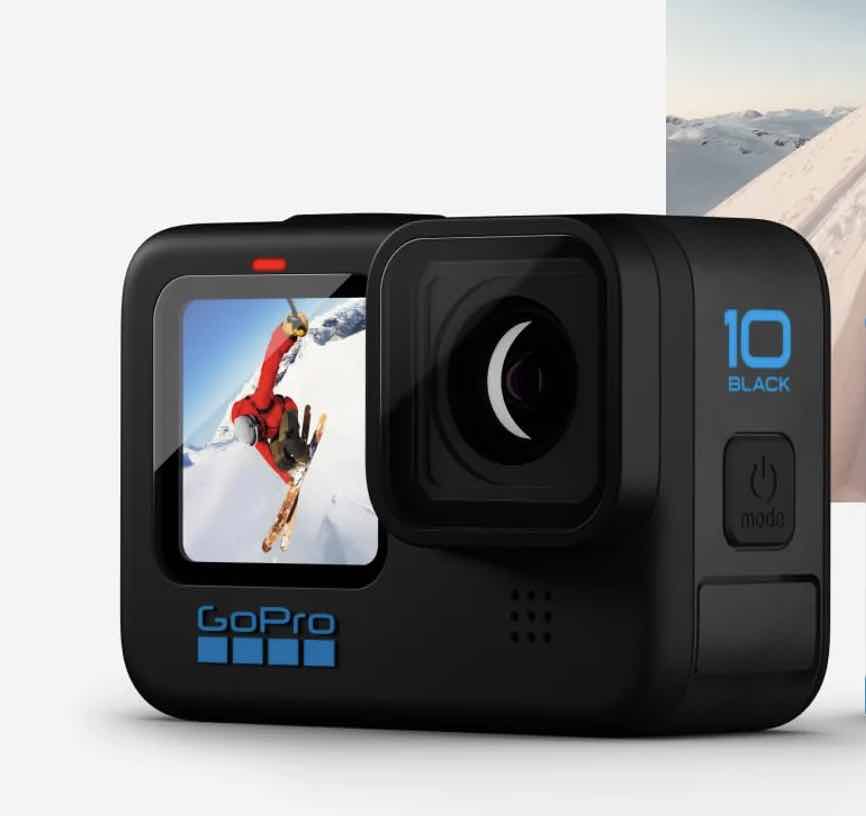
GoPro made this category a standout many years ago with their wearable cameras, and other manufacturers have since jumped in. Action cams are completely different from other camera types because they are made to function in a wide variety of situations and scenarios. They also don’t need you to hold them in your hand all the time. Small, nimble, and durable, action cams can capture high quality footage of any outdoor activities you take part in.
They are easy to mount with the right gear and accessories, letting you effectively “wear” the camera on your person. It could be a chest strap, helmet mount, armband—whatever works for the shot you want. They are also just as easy to mount on selfie sticks, tripods, gimbals, or almost any surface to capture images from a wide variety of angles or vantage points.
Waterproof bodies let you use action cameras in the ocean or pool, as well as the snow when out in winter. While they’re not impervious to extreme temperatures, they prove to be resilient on hot or cold days. The one catch is that conditions can affect battery life, just as what mode or resolution you shoot in can also do the same.
Action cams are fixed focus, meaning they don’t generally let you focus on a particular subject, say, by tapping the screen like you would on other camera types. They may offer different focal lengths, but unless they are using separate lenses, they operate on what’s called a “crop factor,” which means a cropped view of the original camera view. Others may also have ultra-wide angle views to bring in more of a scene into the frame.
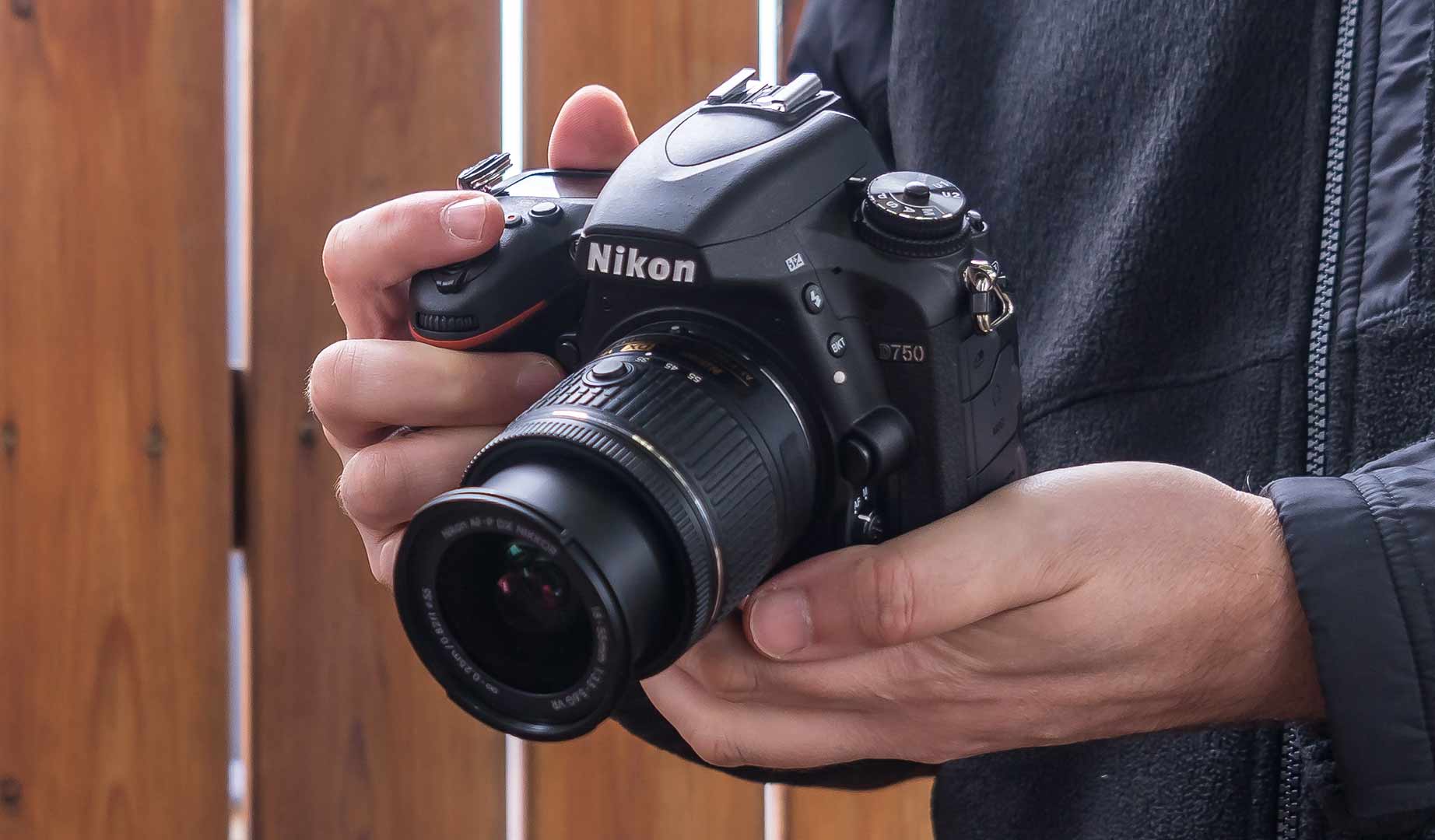
What do you want to use your camera for?
You may already have a good sense of what you would want to capture with a camera or what situations you would use one most in. Cameras can be very versatile so consider your most common use cases to make an informed choice.
Travel
Sightseeing and visiting family are both ripe for capturing memories, and while your smartphone can do it, a good camera would be a step up in quality. Simply put, cameras have larger image sensors than phones do, which is why photos will often look a little crisper and more detailed in comparison. If you plan on taking photos on a trip, you will almost certainly get better results—and bigger prints—from a camera.
All camera types apply to travel, so it really depends on what you feel will fit best with your planned activities and destination. A DSLR or mirrorless camera may be more cumbersome but will result in top quality images, whereas a point-and-shoot or action cam would be much more portable and adaptable.
Vlogging
To capture your lifestyle, travels, culinary pursuits, or whatever else you have in mind as a content creator, a camera is a must. Choosing the right type of camera really depends on what you are trying to capture most. An action cam would be the easiest to carry and the most versatile for video, including for capturing yourself speaking. Their smaller stature makes it far easier to switch from a selfie to showing the audience what you’re looking at.
A DSLR or mirrorless camera can capture excellent still images and also shoot high-resolution video. They are often used by content creators seeking the best quality for their photos and footage to upload online. With a tripod, you can capture yourself steadily as well, unless you have someone to hold the camera for you.
Food-tography
Photos of foods and beverages really took off with social media, and a professional camera can truly bring them to life. Whether you’re doing it as a hobby or as part of a business, better cameras can bring out more of the detail and colour that makes a dish or drink look appetizing. You can do it with any camera, but consider a macro lens if you want to get really close, or a good wide angle lens with a little zoom to help you capture a tasty dish or beverage from different angles and focal distances. Some cameras may include modes for such a purpose, but it’s more likely you will learn how to use the camera’s features to get the best possible shot.
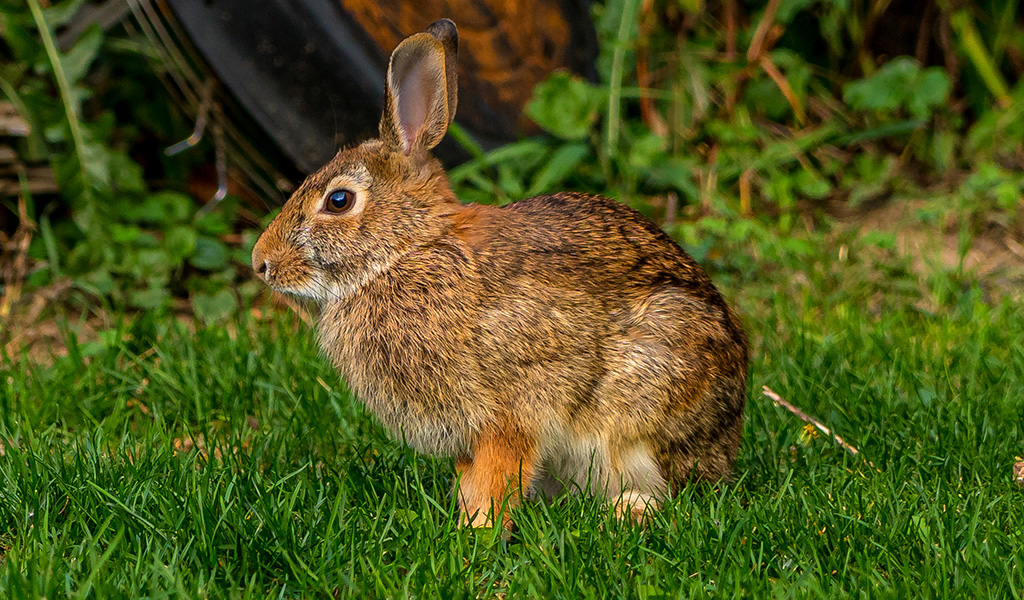
Wildlife and nature
DSLRs and mirrorless cameras can capture the detail of nature and the animal kingdom without losing out on quality with their adjustable focal range, various shooting modes, and extensive selection of available lens add-ons. Action and point-and-shoot cams are great for those close encounters you might have with animals, where you only have a few seconds to capture the moment. They could be with your own pets, or exotic animals you come across while travelling.
Making movies
Video capture is so pervasive now, many have learned to do it to post on YouTube and other popular sites. If you are an aspiring filmmaker, a DSLR or mirrorless camera could prove to be the right tool for the job. Full-frame DSLRs and mirrorless cameras would be especially suited because full-frame image sensors emulate the standard 35mm format from film SLRs. This wider dynamic range means larger pixels, which can help when shooting in varying lighting conditions. The impact will be higher for still photos, but you will also see some benefits for video, though it doesn’t mean you can’t shoot with a cropped sensor, like APS-C, because you certainly can. The dynamic range may not come out as broad, but you would be more than capable of capturing great footage using a mirrorless camera with a cropped sensor.
Action cams are already built to record anything, and while they may not be able to match the quality of a professional DSLR or mirrorless camera pixel-for-pixel, the footage they grab can be perfect for the video production you have in mind, no matter how big or small in scope.
It’s also important to recognize that using a camera is a learning experience, and that’s true of all skill levels. Even serious amateurs and professionals learn new features and techniques when they shoot. It’s a natural way of improving on your own abilities. Learning what your camera can do is like investing in your own abilities. Practice, and your imaging game only gets better.
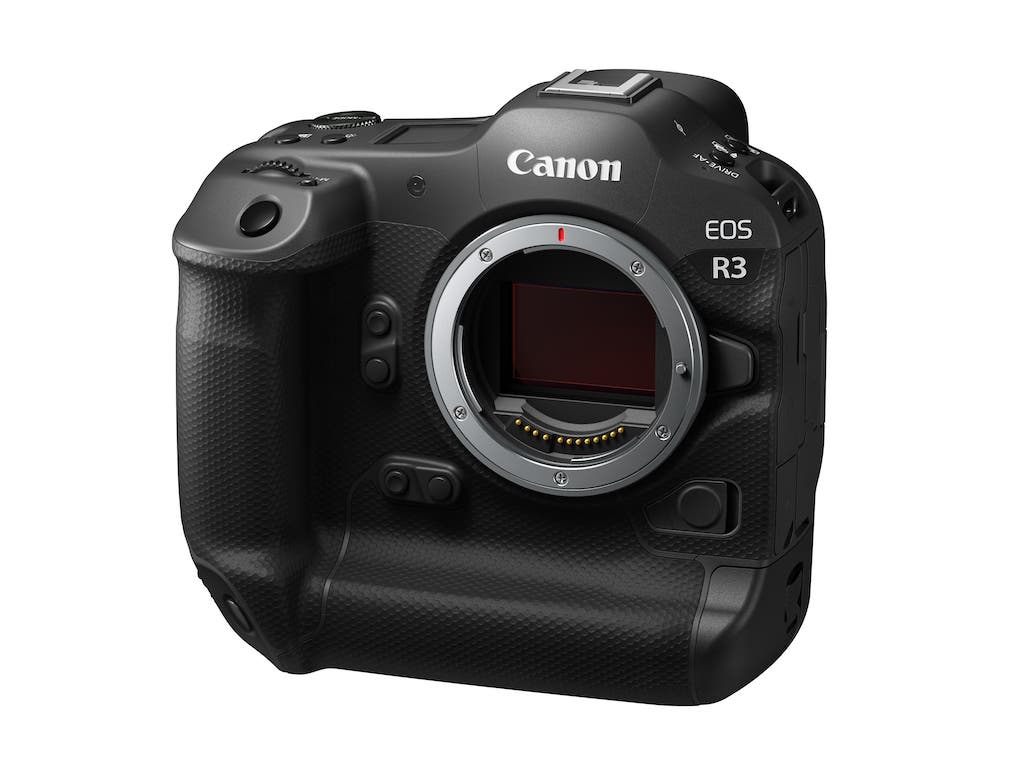
Camera packages and accessories
Body-only
Why do some cameras only come with the body and not a lens? Those who purchase body-only cameras likely already have lenses compatible with them. This usually only applies to DSLR and mirrorless cameras, as it’s not common to see that kind of thing with other camera types.
Lens kit
The term “lens kit” or “kit lens” refers to a camera body that comes with a lens in the box. These are lenses manufacturers usually make to come bundled together with the camera, and probably won’t be available on their own separately. They are cheaper to manufacture, and aren’t built with the latest features or the best glass, so they have very finite capabilities. Learn more about choosing the right camera lenses in this guide.
Accessories
Certain cameras may come bundled with more accessories than just the kit lens to get you started. Cameras are highly capable, though need some help from time to time to make them more suited to your needs, and that’s where the right accessory can make all the difference. Accessories for cameras could be a tripod or mount, gimbal, bag, microphone, or flash attachment. Memory cards for additional storage or batteries can also be purchased to extend the capability of your camera. There are abundant camera accessories available covering all aspects, both for photography and videography, to help with your imaging needs.
Action cam support
Action camera accessories help to increase the duration, activities, and situations under which you can film with your GoPro or action camera. You can select mounting aids, wearable straps, protective cases, or mod attachments for your cameras to support your content creation. Accessories are a huge part of expanding on an action cam’s capabilities, and worth exploring if you go that route.
Take the next step
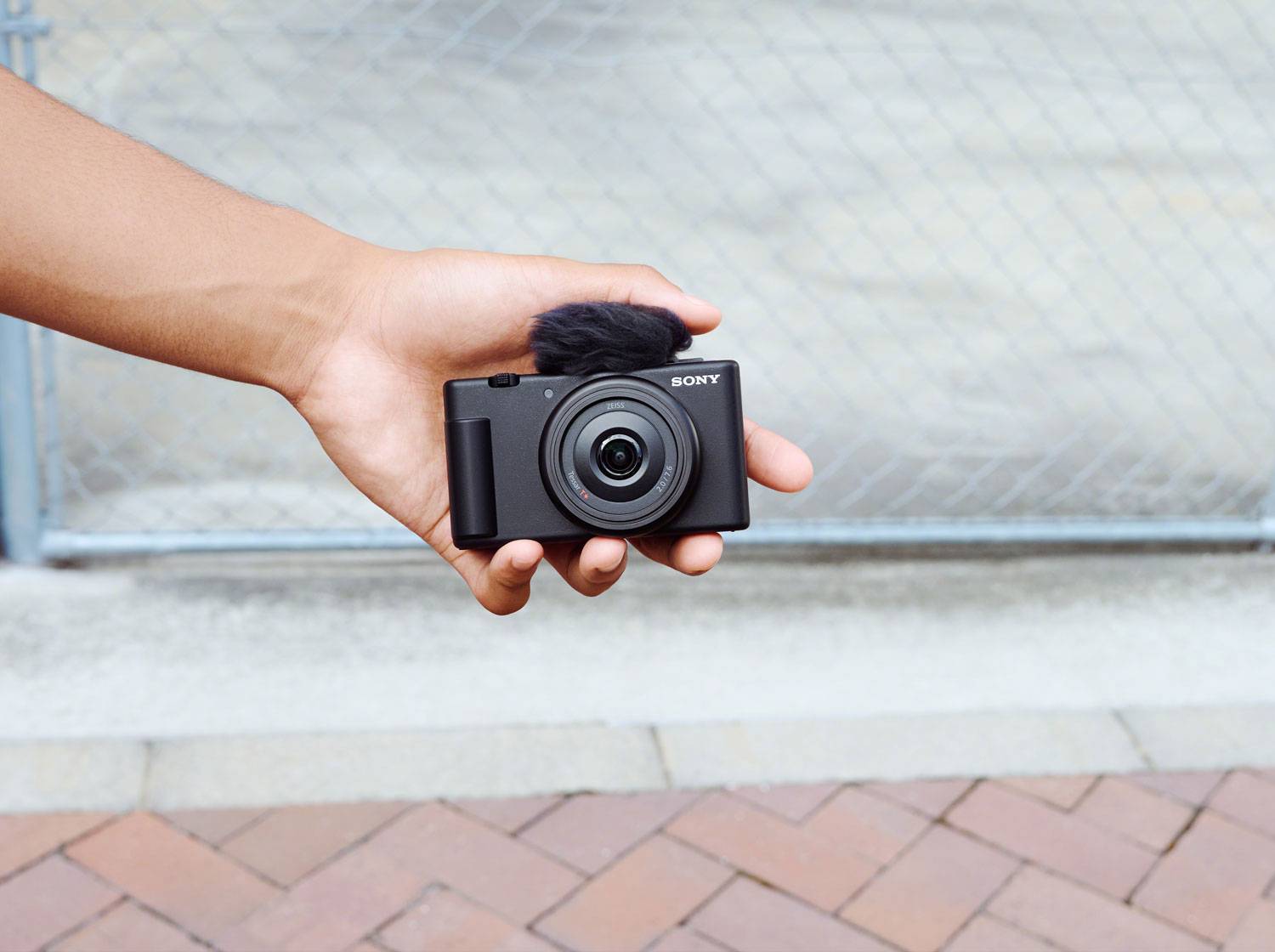
The right camera can totally transform how others see what your own eyes saw. It becomes easier to capture powerful images with the right tool. Browse through the selection of cameras at Best Buy to see which one fits with your vision.

Table of Contents







